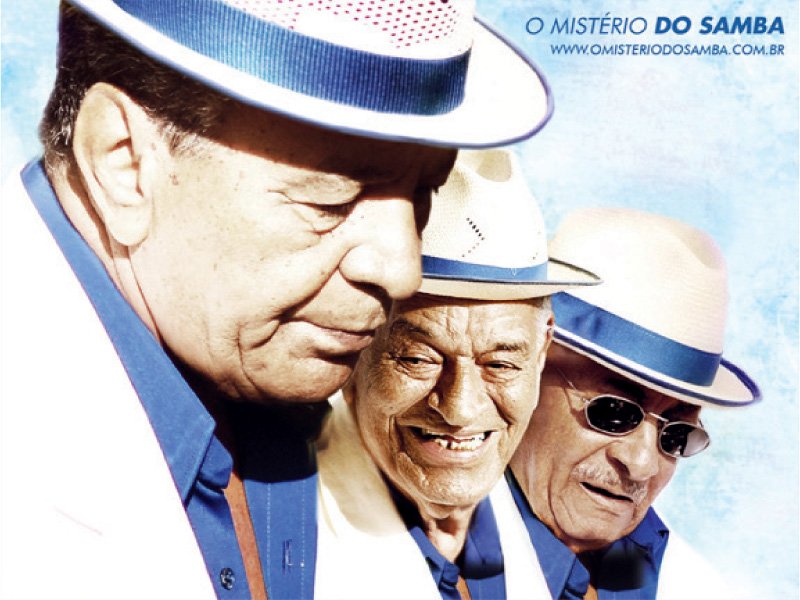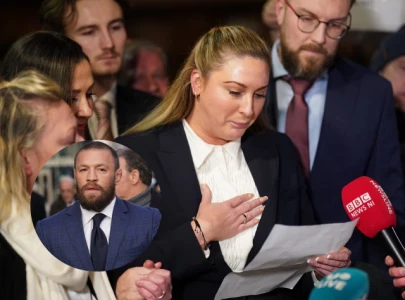
‘Up close and personal’, that is the modus operandi of the film O Misterio do Samba (The Mystery of Samba). The film, released in 2008, consists of a series of personal interviews with a group of veteran samba singers and dancers conducted by renowned Brazilian singer Marisa Monte.
The documentary was screened at the Brazilian embassy in Islamabad on Thursday evening as part of the embassy’s second documentary festival. After a brief refreshment session, the guests were ushered into the screening room, which was packed to the full. The screening started on time and went without a hitch for the most part.
Brought from Western Africa via the slave trade, samba has evolved from a musical and dance genre to become a defining symbol of Brazilian culture and identity, according to Ambassador Alfredo Leoni. He added that the documentary offers a sample of Brazilian reality. The dance is a main feature of the Brazilian Carnival, held every year in February or March, which draws millions of participants.
To understand the documentary, one must first be familiar with samba schools. Traditionally these schools are associated with a particular local neighborhood and hold various events throughout the year, mainly to prepare for parades where they are judged on a variety of criteria. O Misterio do Samba limits itself to the Old Guard of Grêmio Recreativo Escola de Samba Portela, one of the most traditional and influential samba schools of Rio de Janeiro. These are a group of older samba dancers and singers who no longer hold positions within the school’s hierarchy.
The loosely sewn narrative parallels the way these men made samba itself: easy going and mimicking life. There is the mundane, happiness, the melancholy, and then the happiness of satisfaction in the tragedy that is life itself. There was no conscious effort on part of these legends to portray a deeper meaning. They simply wrote life as it came along. The beauty in their sambas comes from this simplicity. Some of them were so unfettered that they wouldn’t even write down or record their sambas: Monte, during the course of filming, was able to recover about a hundred old almost-forgotten samba songs, according to an information booklet made available by the embassy.
Whether the film’s approach works is subject to debate. To those intimately familiar with samba, the film is a dream come true: it is like an evening spent with the legends. But the uninitiated are better off shopping elsewhere, because the narrative goes little in the way of wooing fresh believers. There is little explanation about the subject, with the implicit assumption being that the viewer is already familiar with samba. This fact was made evident from the number of walkouts during the show. Of the 90 plus seats, about a third were empty by the time the first third of the film had played out. The people who stayed back, though, were completely invested in the film, giving hearty laughs at the quips made by one of the interviewees.
The embassy is screening Edificio Master (Master, a Copacabana Building, 2002) on Saturday. This documentary focuses on a 12-storey building housing about 500 people from the lower-middle class of Rio de Janeiro and documents the lives of 37 diverse residents of the building, giving a unique perspective into the reality of the city’s middle class. Entreatos (2004) will screen on Sunday and follows former President Luis Inacio Lula da Silva on his campaign trail in December 2002. This documentary would be of particular interest to people given the current political scenario of Pakistan, according to Third Secretary Helena Lobato da Jornada.
Published in The Express Tribune, June 29th, 2013.

















COMMENTS
Comments are moderated and generally will be posted if they are on-topic and not abusive.
For more information, please see our Comments FAQ